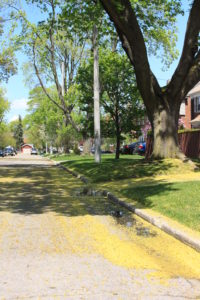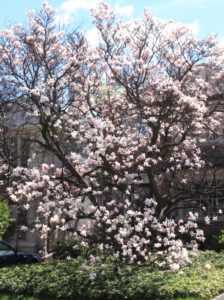August 15: I’ve had the great good fortune to have been able to hang out at various cottages since my first Birthday. Although I don’t remember it, I’m told that was the year when I almost drowned. My Mum put me in an inner-tube to float in the lake and turned around for an instant to retrieve something from the dock. When she turned back, I was on the bottom of the lake looking around quite happily. I’ve spend a lot of time peacefully submerged in various lakes in the intervening years.

I spent last week submerged in Stoney Lake at my Sister’s cottage. It’s comforting to see that some of the traditions around cottaging persist over time. The traffic was really horrible – nose to tail in some places. And the honking and jockeying for position along the way was un-nerving.

When we finally arrived, we discovered that the neighbours were creating a huge din that went on at all hours of the day. Calling across the water to the kids as they dove into the lake was a constant racket. Shrieking across the water to announce lunch, dinner and the inevitable snacks was a soundtrack to our days.

Indeed, food is really important to the cottaging experience. I’ve found that the warmer weather and more relaxed pace means that meals are smaller and usually more frequent. Getting the right fuel is important to a happy and active day and eating together is a great way to renew friendships.

And finally there’s the opportunity to see friends that you may not have seen for some time. Different schedules or a relocation may mean that they rarely come to the cottage, so it’s good to renew their acquaintance.
Cottaging is a frame of mind. Time alone affords peace, tranquility and perspective on whatever else may be happening in your life. It’s also a vehicle for renewing and strengthening bonds with friends and family, and of sharing views and plans and aspirations in a quiet moment. I’ve not had a cottage of my own for some time, so I am indeed fortunate to have had the opportunity of some time away among friends – especially during the hottest week of the Summer (so far).


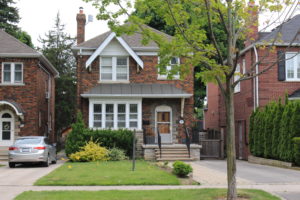
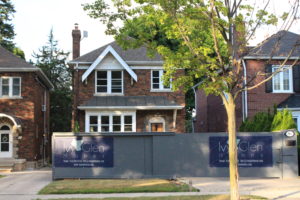
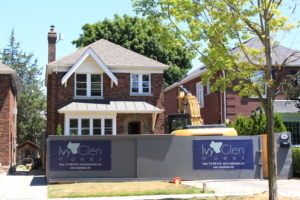

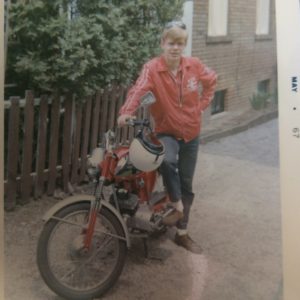
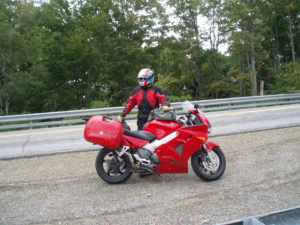

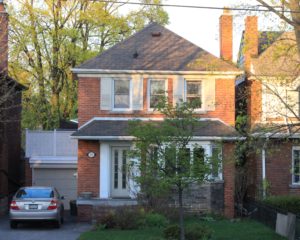
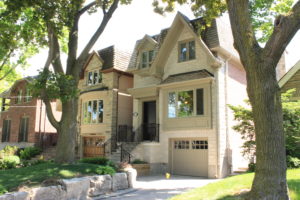
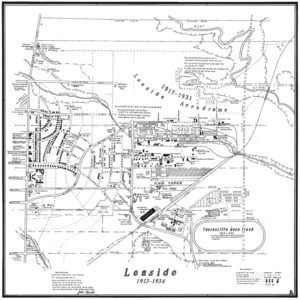
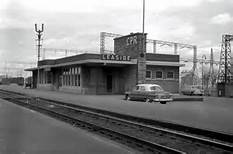
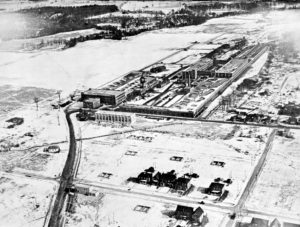
![IMG_2188[1]](http://www.david-mckillop.com/wp-content/uploads/2016/05/IMG_21881-300x200.jpg)
![IMG_2181[1]](http://www.david-mckillop.com/wp-content/uploads/2016/05/IMG_21811-e1464277860376-200x300.jpg)
